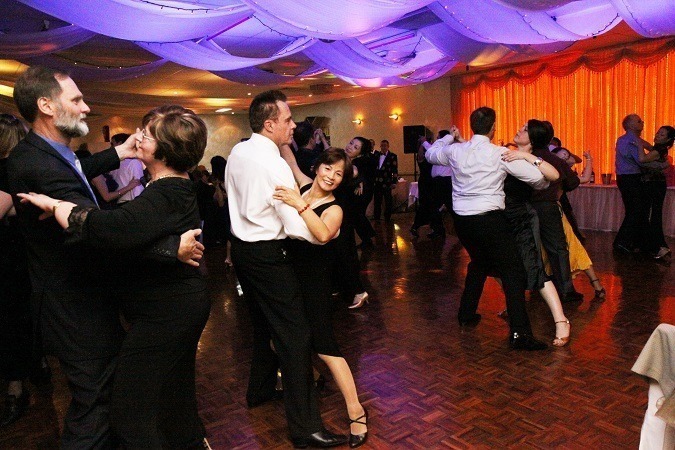Dance training: The ultimate way to delay brain decline by combining physical, cognitive, and social engagement
 Study: Dancing may offset some effects of aging in the brain (CSU release):
Study: Dancing may offset some effects of aging in the brain (CSU release):
“A new study led by a Colorado State University researcher shows that kicking up your heels can actually be good for your noggin.
The research team demonstrated for the first time that decline in the brain’s “white matter” can be detected over a period of only six months in healthy aging adults — faster than most studies have shown. On the bright side, a group of test subjects who participated in dance classes during that time actually saw improved white matter integrity in an area of the brain related to memory and processing speed.
“Older adults often ask how they can keep their brain healthy,” said lead researcher Aga Burzynska. “Dance may end up being one way to do that for the white matter.” Burzynska, an assistant professor in CSU’s Department of Human Development and Family Studies, and her fellow researchers found that dance training — perhaps because it incorporates exercise, social interaction and learning — appeared to have a positive effect…“Our brain does age, maybe faster than we previously thought, but it seems that there are things we do that can modulate it,” she said. “The lifestyle that people choose can predict the decline.”
The Study
White Matter Integrity Declined Over 6‑Months, but Dance Intervention Improved Integrity of the Fornix of Older Adults (Frontiers in Aging Neuroscience). From the abstract:
- Degeneration of cerebral white matter (WM), or structural disconnection, is one of the major neural mechanisms driving age-related decline in cognitive functions, such as processing speed. Past cross-sectional studies have demonstrated beneficial effects of greater cardiorespiratory fitness, physical activity, cognitive training, social engagement, and nutrition on cognitive functioning and brain health in aging. Here, we collected diffusion magnetic resonance (MRI) imaging data from 174 older (age 60–79) adults to study the effects of 6‑months lifestyle interventions on WM integrity. Healthy but low-active participants were randomized into Dance, Walking, Walking + Nutrition, and Active Control (stretching and toning) intervention groups…we observed a decline in WM integrity across the majority of brain regions in all participants, regardless of the intervention group. This suggests that the aging of the brain is detectable on the scale of 6‑months, which highlights the urgency of finding effective interventions to slow down this process…Together, our findings suggest that combining physical, cognitive, and social engagement (dance) may help maintain or improve WM health and more physically active lifestyle is associated with slower WM decline. This study emphasizes the importance of a physically active and socially engaging lifestyle among aging adults.


